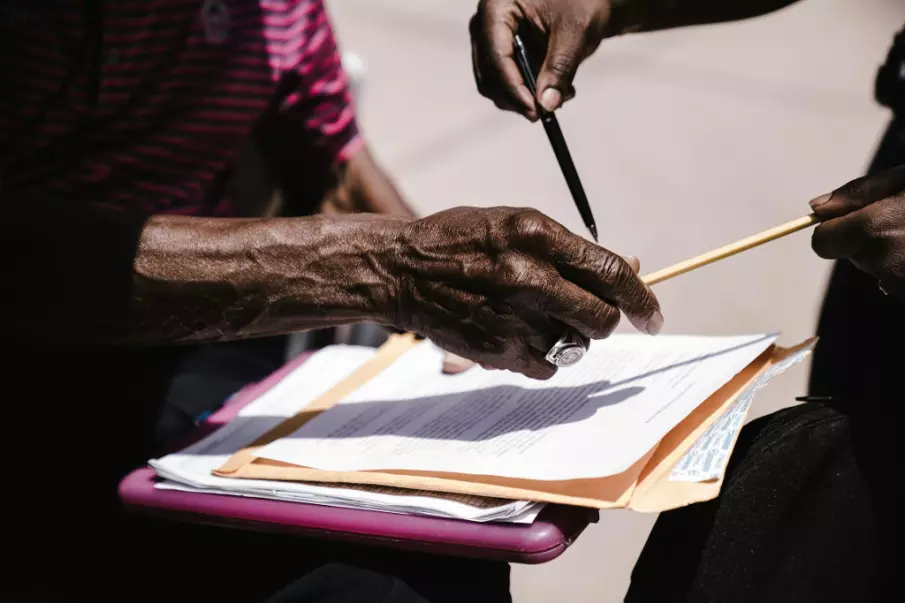Common Mistakes in DIY Estate Planning to Avoid

It’s easy to think that estate planning is something that can be tackled with just a will and a DIY attitude. However, there’s a lot more to it than just jotting down who gets what. While a DIY approach to estate planning might seem cost-effective and simple, it’s riddled with potential pitfalls. In this post, we’ll explore some common mistakes in DIY estate planning that you’ll want to avoid.
Overlooking Tax Implications
Estate taxes can take a significant bite out of what you leave behind for your heirs. DIY estate planners often overlook the complex tax implications that can arise. Without proper planning, your estate could owe a substantial amount in taxes, cutting deeply into the inheritance you intended to leave. Being aware of both state and federal tax laws is crucial to minimizing tax liabilities.
Not Understanding the Legal Requirements
Every state has its own set of laws when it comes to estate planning, and the requirements can vary significantly. Not being aware of these differences can lead to legal troubles. For example, the witnessing requirements for a will might be different from one state to another. Missing a signature or failing to comply with specific state laws can result in your will being deemed invalid.
Refusing to Seek Help
When navigating the intricacies of estate planning, seeking professional guidance can be invaluable. It can be tempting to try doing everything yourself, but there's nothing wrong with getting help if you start to feel overwhelmed. Sometimes, consulting with a Glendale trusts and estate planning attorney can provide the necessary expertise to avoid costly mistakes and ensure that all legal requirements are met.
Failing to Update Your Plan Regularly
Life is full of changes, and your estate plan should reflect those changes. Whether it’s the birth of a child, a marriage, or significant changes in your financial situation, updating your estate plan regularly ensures that it remains relevant and effective. One common mistake in DIY estate planning is neglecting to revisit and revise documents periodically. What might have been a perfect estate plan five years ago may no longer be suitable today.
Ignoring Beneficiary Designations
While a will is an essential part of an estate plan, it’s not the only document you need to consider. Beneficiary designations on accounts such as 401(k)s, IRAs, and life insurance policies bypass the will entirely. One common oversight in DIY estate planning is failing to update these designations, which can lead to unintended consequences, such as ex-spouses receiving benefits instead of current spouses or children.
Choosing the Wrong People for Key Roles
Selecting the right person to serve as your executor or trustee is crucial. This individual will be responsible for carrying out your wishes and managing your estate through potentially complex legal and financial processes. A common mistake is choosing someone based on sentiment rather than capability. The best choice is often someone with the necessary skills and the time to commit to the task.
Not Planning for Incapacity
Many people focus solely on what happens after they pass away and neglect to plan for the possibility of becoming incapacitated. Durable powers of attorney and health care directives are essential components of a comprehensive estate plan. They ensure that your finances and health care decisions are managed according to your wishes if you’re unable to do so. Overlooking this aspect can leave your family in a difficult position and open the door to court intervention.
Underestimating the Complexity
It's easy to underestimate the complexity involved in estate planning. DIY resources might make it seem straightforward, but the reality is often different. Estate planning involves a web of legal documents, various state and federal laws, tax implications, and personal considerations that require expert navigation. A simplistic or cookie-cutter approach often fails to address the nuanced needs of an individual’s situation.
Lack of Communication
Poor communication with heirs and beneficiaries is another potential pitfall in DIY estate planning. Failing to discuss your plans with those affected can lead to confusion and disputes after your passing. Clearly explaining your intentions and the reasoning behind your decisions can help ensure smooth administration and reduce conflicts.
Neglecting Asset Protection
Another frequent mistake is neglecting to consider asset protection strategies. Without proper shielding, your assets might be vulnerable to creditors and legal claims, which can significantly diminish the wealth you intend to pass on. Proper asset protection planning can safeguard your estate against unforeseen liabilities.
DIY estate planning is tempting, but it comes with a myriad of potential pitfalls. From state-specific legal requirements to tax implications and the risk of outdated plans, the stakes are high. By understanding these common mistakes and taking steps to avoid them, you can create a more robust and effective estate plan. Remember, your estate plan is not just a document—it's a safeguard for your loved ones and your legacy.
More to Read:
Previous Posts:



